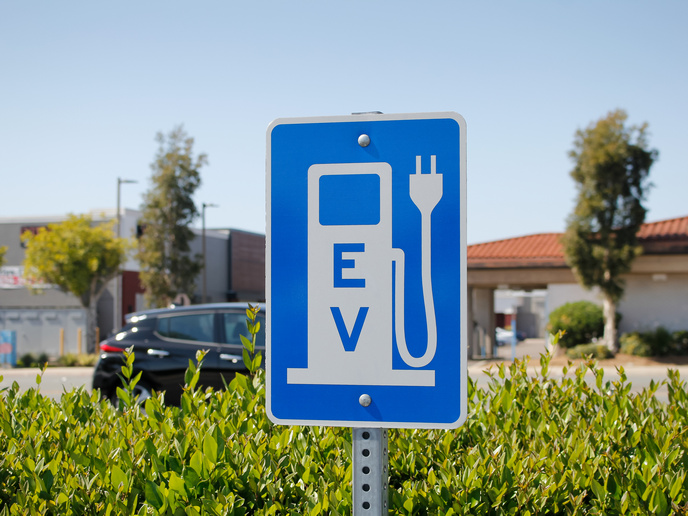
Compared to their petrol or diesel equivalents, electric vehicles (EVs) are a sustainable alternative. However, the mainstream adoption of EVs is still low in many Member States, hindered by the lack of infrastructure availability, solutions and user apprehension.
This is where the EU-funded INCIT-EV project comes in. “We are developing an innovative set of charging technologies increasing the synergies with the electricity grid while easing EV adoption for users and with the ultimate goal of fostering the EV market share in the EU,” outlines Miguel Zarzuela, project coordinator.
To achieve this, INCIT-EV is combining different traditional (literature review, public data analysis, surveys, participatory techniques) and more innovative techniques to produce new insights on users’ perceptions and factors of influence regarding charging options.
“One of the most relevant innovations will be the application, for the first time in the field of e-mobility, of neuroscience techniques combined with biosignals to identify users’ unconscious preferences for charging options,” explains Zarzuela.
In particular, mobile sensor equipment will be used to measure the emotions of the users engaged in different project use cases and subsequently infer their unarticulated needs.
Validating the inductive charging technology
“We have developed smart charging algorithms in place in more than 100 public locations which are now under the smart and bidirectional charging test phase, and will play a key role in the increasing intermittent renewable energy generation and congestion in grids,” confirms Zarzuela.
INCIT-EV’s charging technologies, including wireless and bidirectional charging, are designed to improve the user experience, making charging as easy as possible. “INCIT-EV has nine use cases, including three demonstrators validating the inductive charging technology,” reports Zarzuela.
One of these is a wireless charging point for taxis in Zaragoza, Spain, that allows 50 kW charging while the taxi is waiting. A second demonstrator will test the technology in Paris on an inductive loading track, for charging at traffic lights. A third will be tested at a speed circuit near Versailles, France, allowing vehicles to charge at speeds up to 90 kW while driving on an inductive lane. On top of innovation, project partners collaborated to achieve full interoperability between all wireless chargers and vehicles.
The intelligent use of EVs will be a great ally in a scenario with high renewable energy penetration.
“The use of bidirectional charging is expected to accelerate the development of electric mobility and redefine the concept of cars,” adds Zarzuela.
During the last part of the project, three wireless inductive demonstrators will be deployed and tested in open streets with the aim of showing seamless and interoperable charging, including dynamic charging at highway speeds.
The road to transforming transportation and energy systems
“The long-term impacts of these developments are significant, as they will play a critical role in shaping the future of transportation and energy systems,” notes Zarzuela.
Expected benefits include the acceleration of EV adoption. “The development of bidirectional charging and other innovative charging technologies will help to make EVs more convenient and accessible to a broader range of consumers. This, in turn, could accelerate the adoption of EVs, leading to a reduction in greenhouse gas emissions and air pollution,” adds Zarzuela.
Bidirectional charging will also allow EVs to serve as energy storage devices, helping to smooth out the variability of renewable energy sources. “Furthermore, bidirectional charging could potentially reduce the overall cost of owning an EV by allowing owners to use their vehicles as a source of backup power for their homes or to sell excess energy back to the grid,” concludes Zarzuela.
MORE INFORMATION
INCIT-EV project website
This article was originally published in © CORDIS - EU Research Results
- Reference
- SOCIETAL CHALLENGES - Smart, Green And Integrated Transport
- Project duration
- 1 Jan 2020 - 30 Jun 2024
- Project locations
- SpainEstoniaFranceGermanyItalyNetherlandsSloveniaTürkiye
- Overall budget
- €17 957 371
- EU contribution
- €14 999 39183.5% of the overall budget
- Project website
- https://www.incit-ev.eu/
